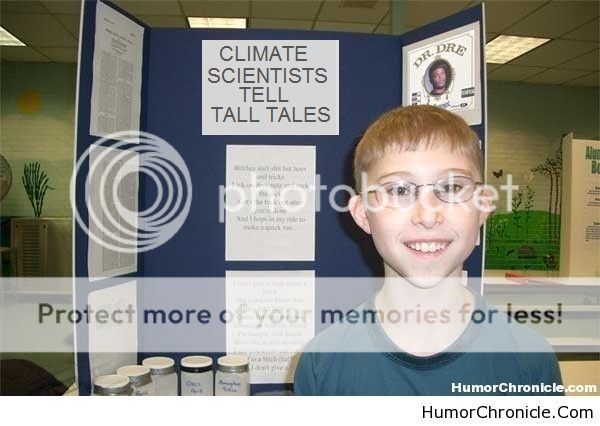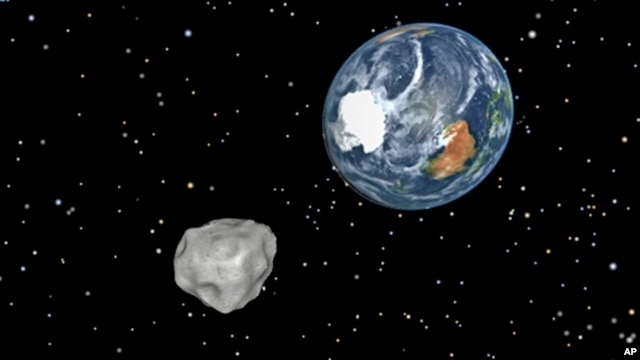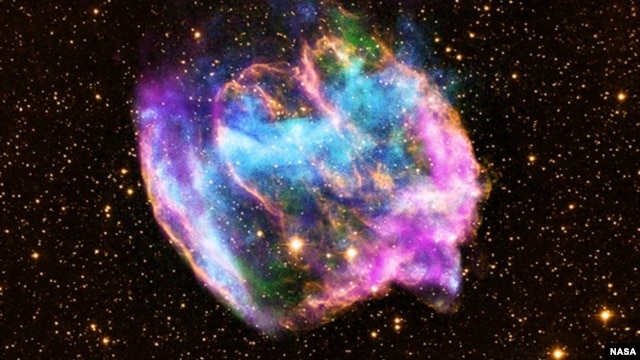I love this forum.......where else can you go on the internet and end up laughing your balls off the entire time you are blogging???
Heres the latest from the k00ks...........
CNN host suggests link between asteroid, global warming
CNN anchor Deb Feyerick suggested Saturday afternoon that global warming may extend further than our globe.
The host wrapped up a segment on the impact that climate change may have had on the winter storm that hit the Northeast this weekend by saying: Every time we see a storm like this lately, the first question to pop into a lot of peoples minds is whether or not global warming is to blame? Ill talk to Bill Nye, the science guy, about devastating storms and climate change.
Read more: CNN host suggests link between asteroid, global warming - Washington Times
Follow us: @washtimes on Twitter
CNN host suggests link between asteroid, global warming - Washington Times

And Rolling Thunder and Saigon and Dante and everybody else will be in here tonight calling the sceptics "retards"!!!!
Heres the latest from the k00ks...........
CNN host suggests link between asteroid, global warming
CNN anchor Deb Feyerick suggested Saturday afternoon that global warming may extend further than our globe.
The host wrapped up a segment on the impact that climate change may have had on the winter storm that hit the Northeast this weekend by saying: Every time we see a storm like this lately, the first question to pop into a lot of peoples minds is whether or not global warming is to blame? Ill talk to Bill Nye, the science guy, about devastating storms and climate change.
Read more: CNN host suggests link between asteroid, global warming - Washington Times
Follow us: @washtimes on Twitter
CNN host suggests link between asteroid, global warming - Washington Times

And Rolling Thunder and Saigon and Dante and everybody else will be in here tonight calling the sceptics "retards"!!!!





